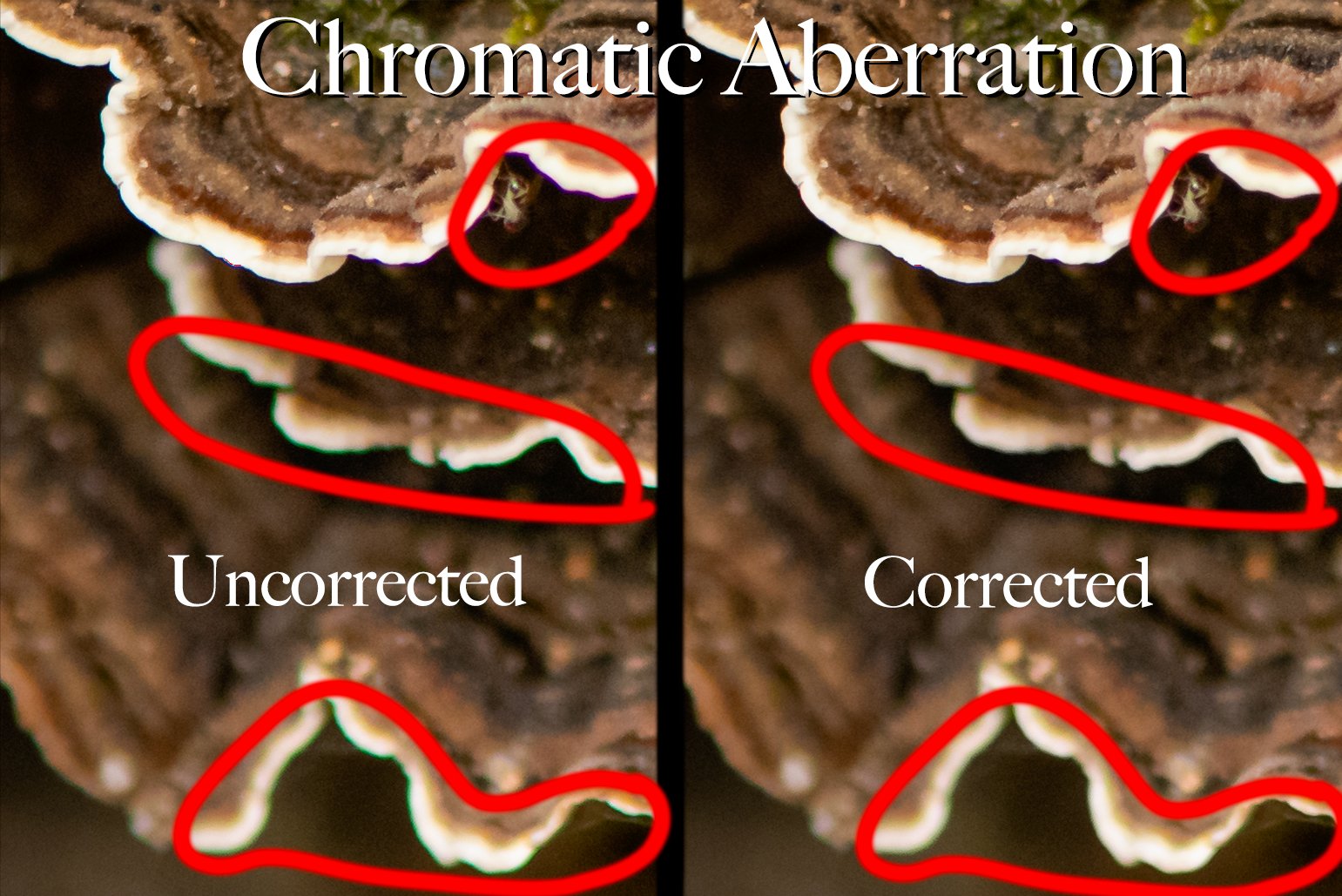This post contains affiliate links and I will be compensated if you make a purchase after clicking on my links. This is at no extra cost to you.
Photographing close-ups of insects, spiders, and other little creepy crawly slithery creatures can sometimes be a challenge. But with a little know how and lots of patience and practice it’s possible to create some really pleasing images. Below are 7 tips for creating more successful close-up images.
1. Move slowly to avoid startling the insect or creature. Some insects and creatures are very skittish and will move or flee if they see sudden movement around them.
2. Use a telephoto lens to give yourself working distance. This will also help avoid startling the creatures. The photo of the pair of familiar bluet damselflies was shot with a 105mm macro lens. Sometimes I use longer focal lengths, such as 200mm, 400mm, or more.
Pair of damselfly photographed with a 105mm macro lens.
3. Try to position the camera’s focal plane (effectively the back of the camera) parallel to the subject. This will help keep more of the subject in focus. Telephoto and macro lenses tend to create shallower depth of field, so keeping the camera parallel to the subject assures as much of the subject as possible is within the acceptable depth of field. In the photo of the damselflies the camera was positioned parallel to the pair, allowing me to capture as much of them in focus as possible.
Notice how little of the snake is in focus. The camera is not parallel to the body of the snake.
Notice how much more of the snake is in focus now that the camera is parallel to the body of the snake.
4. Stop down the aperture (use larger f-stop numbers) to increase depth of field enough to capture as much of the insect in focus as you want. As mentioned, telephoto and macro lenses tend to create shallower depth of field, so stopping down helps increase the depth of field. But watch your shutter speed as you stop down. If you stop down too much you’ll get a very slow shutter speed and risk a blurry photo.
This assassin bug was shot at f/3.5, a very wide open aperture, using my 105mm macro lens. Notice the very shallow depth of field.
This time the assassin bug was shot at f/14, a much smaller aperture, again using my 105mm macro lens. Notice the much greater depth of field.
5. Increase the ISO, only if necessary, to get a fast enough shutter speed to capture a sharp image. If you increase the ISO too much you may see increased noise in the image, depending on your camera model. But a little extra noise is usually better than a blurry image.
6. Use a tripod, if possible, to help keep the camera steady. This will help create a sharp image, provided the shutter speed is fast enough to freeze any motion in the scene. In some cases it may be better to hand-hold, especially if the insect or creature is moving and you’re trying to track it.
7. Shoot in short bursts, especially if you’re unable to get the shutter speed fast enough, or are shooting hand-held. This can increase the chance of getting a sharp image. Sometimes one of the images in a burst will be sharper than the others. You can delete the others, if you don’t want them.
So grab your camera and give these techniques a try. Go out there looking for damselflies, snakes, or any other insect, creature, or flower you’d like, and create some beautiful images.
Do you enjoy these posts?
Sign up to receive periodic emails with updates and thoughts. Don’t worry, I won’t spam you. And please consider purchasing artwork or products from my online store, and using my affiliate links in the sidebar to the right when shopping online.
I appreciate your support!




























